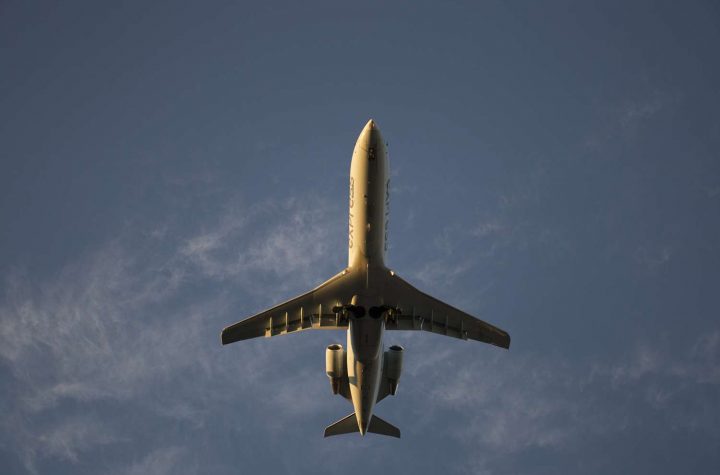- This topic is empty.
-
AuthorPosts
-
2023-10-07 at 6:37 pm #665
In the aviation industry, ensuring the safety and reliability of aircraft is of paramount importance. Regular maintenance plays a crucial role in achieving this objective. However, determining the optimal frequency for aircraft maintenance is a complex task that requires a comprehensive understanding of various factors. In this forum post, we will delve into the key considerations and provide insights into how often an airplane needs maintenance.
1. Manufacturer’s Recommendations:
Aircraft manufacturers provide detailed maintenance guidelines that serve as a foundation for maintenance schedules. These recommendations are based on extensive research, testing, and analysis of the aircraft’s components, systems, and operational parameters. Following the manufacturer’s guidelines is essential to maintain the aircraft’s airworthiness and ensure compliance with regulatory requirements.2. Flight Hours and Cycles:
The frequency of maintenance is often determined by the number of flight hours and cycles an aircraft has accumulated. Flight hours refer to the total time an aircraft spends in the air, while cycles represent the number of takeoffs and landings. These parameters are crucial as they directly impact the wear and tear experienced by various aircraft components. Maintenance intervals are typically defined based on thresholds set by the manufacturer, which may vary depending on the aircraft type and model.3. Condition Monitoring and Predictive Maintenance:
Advancements in technology have enabled the implementation of condition monitoring systems and predictive maintenance techniques. These systems utilize sensors and data analysis algorithms to continuously monitor the health of critical components in real-time. By analyzing the collected data, maintenance professionals can identify potential issues before they escalate, allowing for proactive maintenance scheduling. This approach optimizes maintenance intervals, reduces downtime, and enhances overall operational efficiency.4. Environmental Factors:
Environmental conditions, such as temperature, humidity, and exposure to corrosive agents, can significantly impact an aircraft’s maintenance requirements. For example, aircraft operating in coastal areas or regions with high levels of pollution may require more frequent inspections and maintenance to mitigate the effects of corrosion. Similarly, extreme weather conditions, such as heavy rain or snow, may necessitate additional checks to ensure the aircraft’s integrity.5. Regulatory Compliance:
Aviation regulatory bodies, such as the Federal Aviation Administration (FAA) in the United States, enforce strict maintenance standards to ensure the safety of passengers and crew. These regulations outline specific maintenance requirements, including inspection intervals, component replacements, and mandatory checks. Compliance with these regulations is mandatory, and failure to adhere to them can result in severe penalties and grounding of the aircraft.Conclusion:
Determining the optimal frequency for aircraft maintenance involves a careful analysis of various factors, including manufacturer recommendations, flight hours, cycles, condition monitoring, environmental factors, and regulatory compliance. By considering these aspects, airlines and maintenance organizations can develop tailored maintenance programs that maximize safety, minimize downtime, and optimize operational efficiency. Regular maintenance is essential to ensure the continued airworthiness of aircraft and guarantee a safe and reliable flying experience for all passengers. -
AuthorPosts
- You must be logged in to reply to this topic.


